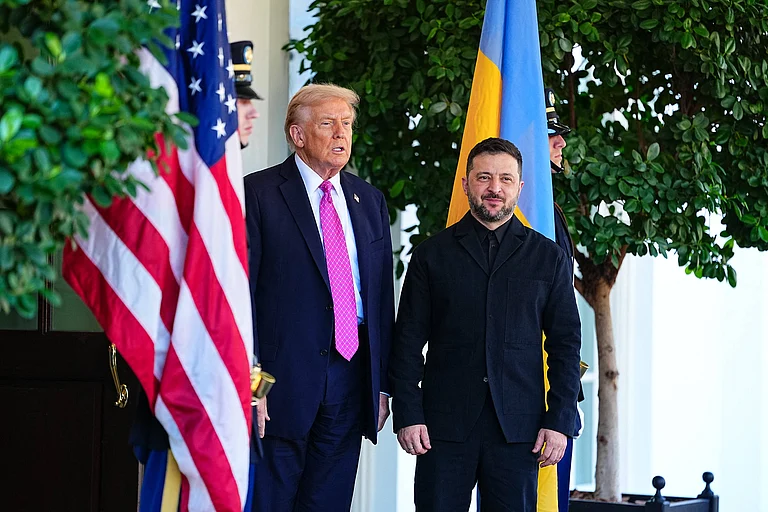There is so much of law that is not in law reports. Even legal jokes, as Marc Galanter points out in Lowering the Bar, were used by the American right to denigrate law, lawyers and litigation. In this reprint of Vachha’s delightful judicial history of British Bombay, idiosyncratic judges and eminent lawyers come alive, starting from the “frigid, morose and taciturn” chief justice Saussee the Silent, who presided sombrely over his Britannic Majesty’s proud new creation.
With the Golden Jubilee of 1912 came the sedate and austere chief justice Scott. Nanabhai Haridas was the first permanent Indian judge—having acted as a temporary judge nine times between 1873-84—followed by stalwarts like T. Kashinath Telang, Mahadeo Govind Ranade, Badruddin Tyabji, Sir Narayan Chandavarkar, Sir Dinshaw Davar, Sir Sajba Rangnekar and Sir Harilal Kania, once a temporary chief justice of Bombay who later became the first chief justice of India. It is only after Independence that an Indian became chief justice. Till then all chief justices were barristers from England—including M.C. Chagla. Vachha’s account bristles with the humour between the bar and bench; and eminent lawyers pulling the legs of their lordships in the most canny but reverential way.
The ‘first lady of the Bar’, Cornelia Sorabji, joined the Bombay bar in 1923, “like a solitary sunbeam straying into a sick chamber”. There was also Cecilia Clementia Ferreira, who enrolled as a solicitor in 1933. Since then, many women lawyers and judges have graced the Bombay High Court—with two judges (Justices Manohar and Desai) having made it to the Supreme Court even if Kerala women judges were the first to be appointed in a high court (1961) and Supreme Court (1989).
What is interesting too is the public and political life of judges like Ranade, and Telang, the conflicts between bar and bench and between the executive and judiciary. What do we make of the idiosyncracies of the judges—do they spoil the rule of law? Vachha preserves and publicises these foibles as a daily part of the pathology of India’s increasingly deficient judicial system.
These difficulties exist even today. Lawyers know—and clients discover—how “personal” judicial decision-making can become. I had to tell an Andhra chief justice trying N.T. Rama Rao’s case that I had more difficulty arguing to his personality than to the law. There is discontent in the Supreme Court bar about judges finishing their board in one hour on Mondays and Fridays while the more patient judges are prepared to sit the whole day! One judge told lawyers to keep quiet, that they were worthless and should stop practising in the Supreme Court. A high court judge even advised a lawyer to sell “monkey nuts at Hanuman mandir” as a preferred profession.
Vachha’s book is a must-read. Accounts like this are not only rare but essential. We need to know this seamy side of the law—first as anecdotal farce; then as discordant tragedy.






















